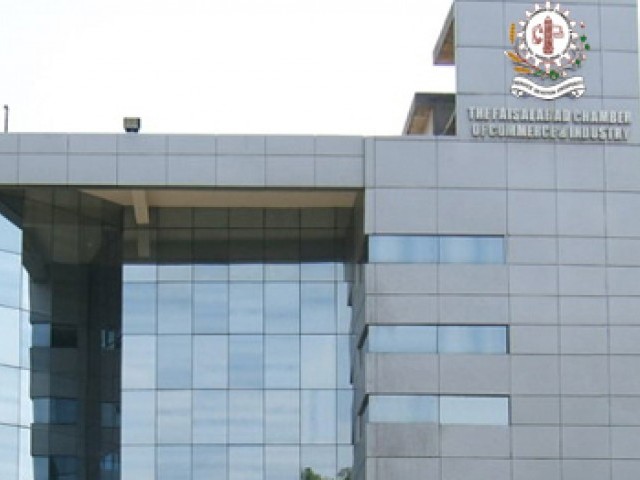
Federation of Pakistan Chambers of Commerce and Industry (FPCCI) President Irfan Iqbal Sheikh has noted with profound concern that Pakistan’s regional trade deficit has further widened.
Imports from nine regional countries have increased by 28.84% while exports to these countries have increased only by 16.97%.
Sheikh said that imports from regional countries amounted to $17.814 billion for the period July 2021 to June 2022 as compared to $13.826 billion in FY21.
“This has put an additional burden on rupee value and foreign exchange reserves,” he said. The FPCCI president explained that these nine countries include all geographically contiguous countries in the sub-regional periphery of Pakistan. These include China, Afghanistan, Iran, Bangladesh, Sri Lanka, India, Nepal, Bhutan and the Maldives.
Arif Habib Commodities CEO Ahsan Mehanti said Pakistan has the potential to raise exports manifold using Developing-8 (D-8) and the Economic Cooperation Organisation (ECO) platform.
Barter trade and trade in local currency can neutralise pressure on the Pakistani rupee. The government needs to coordinate its policies and strategies with exporters to subsidise sectors with tax holidays and early refunds in addition to research on potential export items and pricing, he said.
Arif Habib Limited (AHL) Head of Research Tahir Abbas said imports from regional countries surged in FY22 primarily due to higher machinery imports on the back of Temporary Economic Refinance Facility (TERF) and overall economic expansion.
The increase was also due to higher commodity prices, Covid-19 vaccine imports and agriculture-related import bills. “On the export front, Pakistan needs to diversify its export base to regional countries to minimise the trade deficit,” he added.
Despite the fact that regional trade is essential to accelerate a country’s exports, the government is still not ready to think out of the box to offer a regional export support programme. Around the world, there are regional blocs and countries that have 70-80% of their total trade with regional and sub-regional countries, the FPCCI president added.
Union of Small and Medium Enterprises (UNISAME) Chairman Zulfikar Thaver underscored that Pakistan has to become competitive and increase productivity. Production costs related to energy, logistics, raw material, packaging and wastage need to be cut down, he said.
Secondly, Pakistan needs to progress in trade diplomacy and negotiate with neighbours who have the potential to supply our requirement of raw materials. In relation to exports, we need to find new markets for both traditional and non-traditional goods and engage in aggressive marketing. Pakistani commercial attaches serving in foreign countries will need to gear up, Thaver suggested.
Irfan Iqbal Sheikh further proposed that Pakistan should focus on increasing intra-regional trade through platforms such as ECO and D-8. These alliances include major economies and Pakistan can export value-added textiles, sports goods, surgical equipment, rice, construction materials and most significantly, IT and IT-enabled Services (ITeS).
“It is not rocket science that tapping regional trade can enhance Pakistan’s exports by $5 -10 billion within a short span of 2-3 years,” he added.
Published in The Express Tribune, August 12th, 2022.
Like Business on Facebook, follow @TribuneBiz on Twitter to stay informed and join in the conversation.


















COMMENTS (1)
Comments are moderated and generally will be posted if they are on-topic and not abusive.
For more information, please see our Comments FAQ